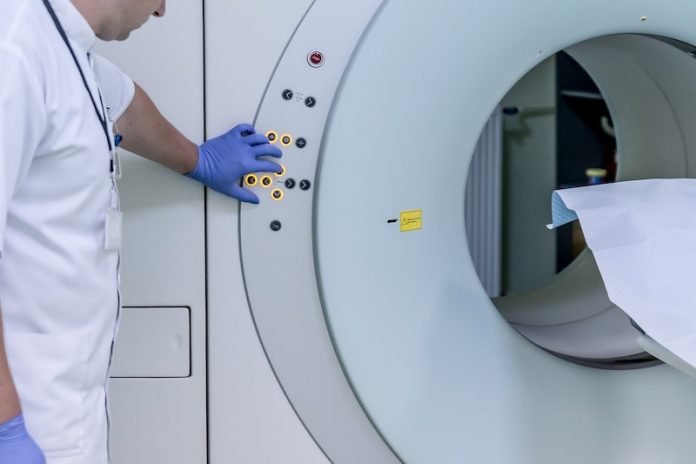
In a new study, researchers have developed a new imaging tool to diagnose heart disease more effectively.
This is the first study showing how MRI could measure how the heart uses oxygen.
The research was conducted by an international team led by Lawson Health Research Institute and Cedars-Sinai Medical Center.
Previous research has shown that reduced blood flow to the heart muscle is the leading cause of death in many western countries.
Currently, the diagnostic tests that can measure blood flow to the heart require the injection of radioactive chemicals that change the MRI signal and detect disease.
This type of test has health risks and is not recommended for many patients including those with poor kidney function.
In the current study, the team has developed a new imaging tool called cardiac functional MRI (cfMRI).
In this method, a breathing machine changes the concentration of carbon dioxide in the blood.
This change can lead to a change in blood flow to the heart, but only happen when the heart is healthy. The new cfMRI method can accurately detect whether these changes are present.
There is no needles or chemicals being injected into the body, and it limits the existing risks and can be used on all patients.
This new method is based on oxygenation-sensitive MRI, which could generate images containing a high level of ‘noise’.
The researchers in this study discovered that the noise is actually a new way to study how the heart works.
They believe that the new tool will not only be safer than present methods but also provide more detailed information and much earlier on in the heart disease process.
This new tool may be used with patients clinically within a few years.
In addition to studying coronary artery disease, the method could be used in other cases where heart blood flow is affected such as the effects of a heart attack or damages to the heart during cancer treatment.
Now the team is preparing to show this can be used to accurately detect heart disease in patients.
One author of the study is Dr. Frank Prato, Lawson Assistant Director for Imaging.
The study is published in Science Translational Medicine.
Copyright © 2019 Knowridge Science Report. All rights reserved.



